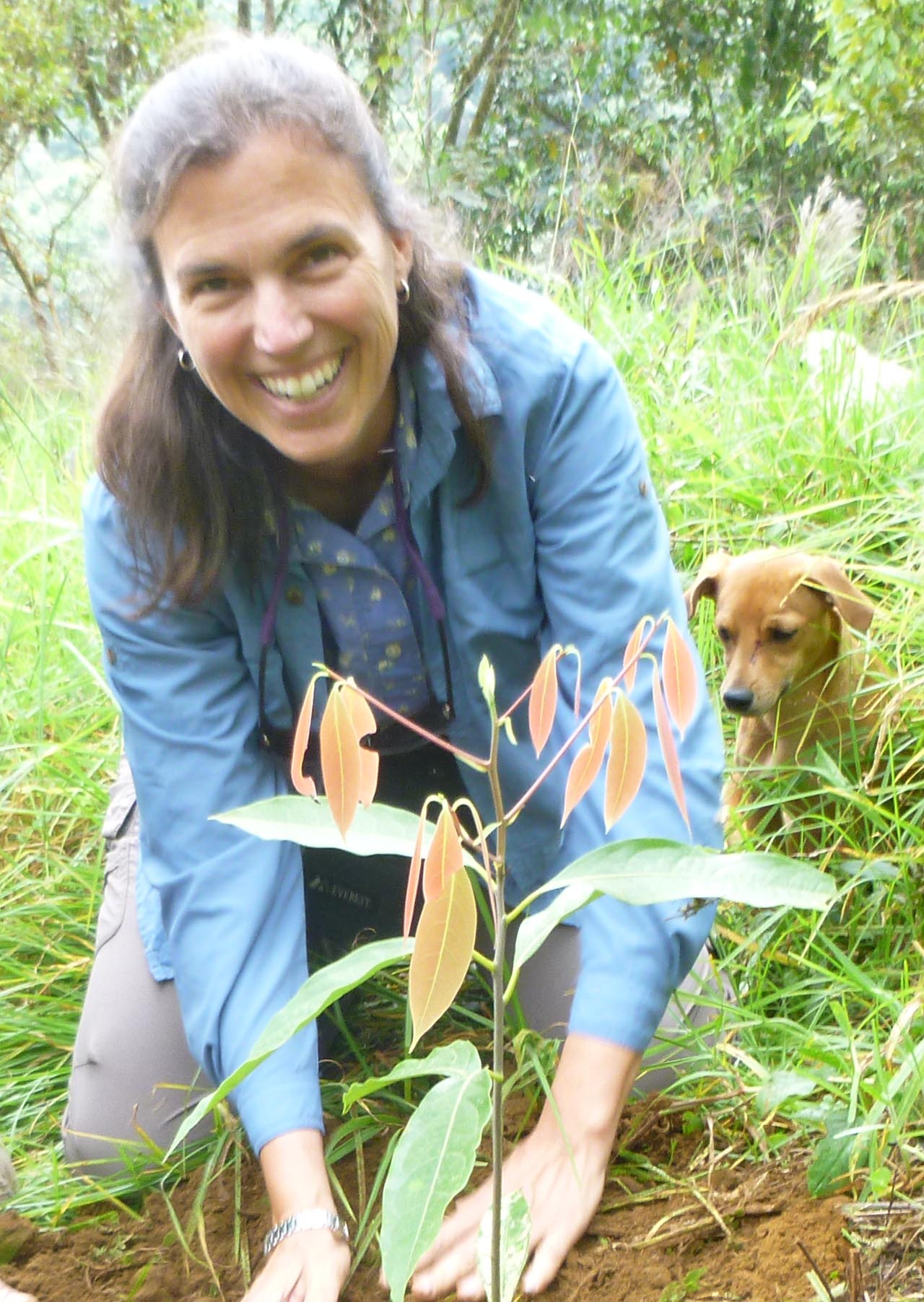Planting Tree Islands as a Tropical Forest Restoration Strategy: Lessons Learned

Dr. Holl’s award-winning research demonstrates that ecological theory can effectively inform large-scale forest restoration over long time periods. Her practical, cost-effective restoration methods hold great promise for how we can reverse the loss of biodiversity in forest systems around the world.
— Brad Anderson, MESM 2019, Forest Sustainability Fellow
Forest Sustainability Fellowship Program Speaker
ABSTRACT
Developing restoration strategies that accelerate successional processes and are resource-efficient is critical to facilitating tropical forest recovery across millions of hectares of deforested lands in the tropics. One such approach is applied nucleation (i.e., planting patches of trees) which simulates the natural recovery process and requires less resources than planting large areas with trees. I will present results of a 15-year study comparing applied nucleation with both natural regeneration and a plantation-style tree planting approach at 12 sites in the premontane wet forest zone of southern Costa Rica. Our scientific results and practical experience support several conclusions about the efficacy of applied nucleation as a restoration approach. First, applied nucleation and plantation restoration strategies are similarly effective in enhancing the recovery of most ecosystem functions and floral and faunal groups, as compared to natural regeneration. Second, there is a minimum island size necessary to attract seed-dispersers, shade out grasses, and ameliorate microclimate conditions. Third, in our study, tree island cover has expanded rapidly, which is critical to the success of the applied nucleation approach. Finally, although applied nucleation is cheaper than plantation-style planting and better simulates the spatial heterogeneity of natural forest recovery, there are some logistical and social challenges to overcome.
BIO
Karen Holl is a Professor of Environmental Studies at the University of California, Santa Cruz. Her research focuses on understanding how local and landscape scale processes affect ecosystem recovery from human disturbance, and using this information to restore damaged ecosystems. Her current research is focused in rain forests in Latin America and chaparral, grassland, and riparian systems in California. She oversees a long-term tropical forest restoration study in southern Costa Rica and has worked with students and collaborators in Mexico, Brazil, Colombia, and Panama. She advises numerous land management and conservation organizations in California and internationally on ecological restoration.